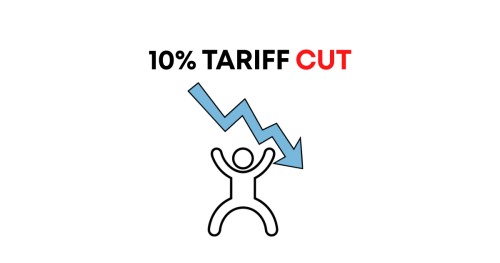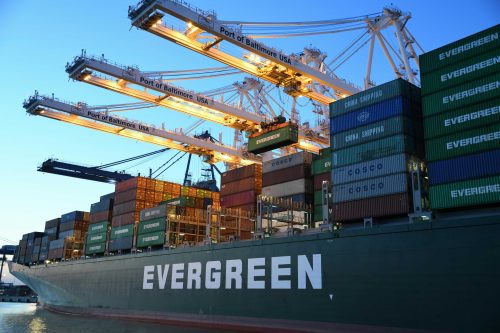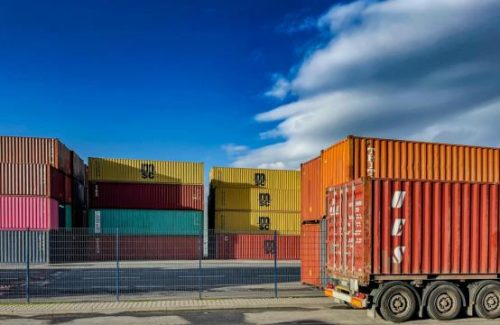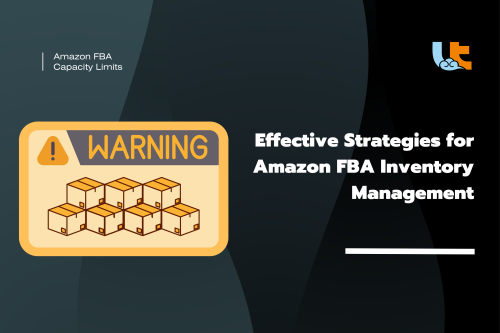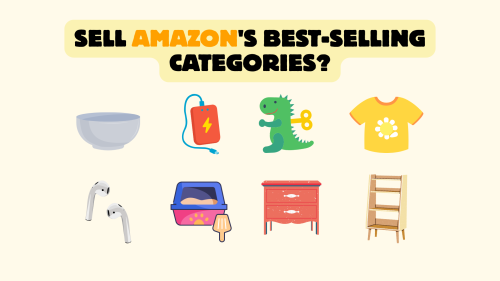
In the dynamic world of e-commerce, maintaining a consistent stock of your private label brand on Amazon FBA (Fulfillment by Amazon) is crucial for sustained success. Inventory management can make or break your brand's reputation and directly impact your bottom line. Here are some strategies to ensure your brand stays stocked and continues to thrive.
When managing your private label brand on Amazon FBA, there are several common mistakes you should avoid:
1. Not Monitoring Inventory Levels Regularly: Regular monitoring of your inventory levels is crucial. Neglecting this can lead to stockouts or overstocking, both of which can be costly.
2. Poor Demand Forecasting: Inaccurate demand forecasting can lead to unsold inventory or missed sales opportunities. Use historical sales data and market trends to make accurate predictions.
3. Neglecting the Importance of a Good Supplier Relationship: A strong relationship with your supplier is crucial for ensuring a steady supply of your products. Poor communication can lead to supply chain disruptions.
4. Ignoring Amazon's Policies and Tools: Amazon provides a plethora of tools and has specific policies for sellers. Ignoring these can lead to penalties and missed opportunities for optimization.
5. Not Planning for Seasonal Fluctuations: Many products have seasonal demand. Not planning for these fluctuations can lead to lost sales or excess inventory.
Selling private-label products on Amazon offers several advantages
1. Brand Control: You have total control over your brand's image, from the product design to the packaging and pricing. This allows you to build a unique brand identity that can differentiate your products from the competition.
2. Higher Profit Margins: Private label products often have higher profit margins than resale products. You control the manufacturing, branding, and marketing, which allows you to manage costs more effectively.
3. Less Competition: With your unique product, you don't have to compete directly with other sellers of the same product. This can lead to less price competition and higher sales volumes.
4. Customer Loyalty: If customers like your product, they'll keep coming back for more. This can lead to increased customer loyalty and repeat purchases, boosting your long-term profits.
5. Flexibility: With private labeling, you have the flexibility to test and sell different products under the same brand. This allows you to adapt to market trends and customer demands.
Embarking on an Amazon Private Label business is like setting sail on a thrilling voyage. The key to a successful journey is choosing the right product to sell. This involves studying the market, finding trustworthy suppliers, and crunching some initial financial numbers. Once you've charted your course, you're ready to hoist the sails and start trading.
Charting Your Course
When charting your course, rely on market data, not your personal tastes and preferences. If you stray off course, you may end up with a cargo hold full of stock that doesn't sell because there's no demand for it among the islanders (customers).
Choosing Your Cargo
Remember, it's cheaper to store and ship cargo that's small and lightweight. High-priced items can be harder to trade. Stick to prices between $15 and $50.
Your aim is to find a treasure that's profitable but not overly popular. Keep an eye on other traders selling similar items. Aim for an average of 300 trades and 100 customer reviews per month.
Avoid seasonal items to ensure steady trades throughout the year. Also, steer clear of items requiring additional licenses and certifications, like food or children's toys, to avoid unnecessary complications. Don't ship fragile items or gadgets that could easily break during transit.
Finding a Trustworthy Supplier
Finding a reliable supplier is crucial and will greatly impact your trading success. Use e-commerce sites to find products that interest you and select a few suppliers. Contact each one and inquire about:
- Their willingness to use the Private Label model
- Their selling price
- The production time for the items you require
- Their shipping capabilities and costs to your country
- Their payment methods and terms
Order a sample from the suppliers who pass the initial selection round. When choosing a supplier, consider:
- Timeliness of delivery
- Packaging quality
- Whether items were damaged during shipping
- The quality of the goods
- Communication with the supplier
Choosing the cheapest product isn't always the best course, especially if the quality is poor and the supplier lacks clear communication. Finding the optimal price-to-quality ratio may take time, but it will pay off in the end.
Choosing between FBA and FBM
Once you have a test batch, list the products on Amazon to gauge their trading potential. Before listing them, you have two options:
- Trader handles storage, packaging, shipping, order cancellations, and other issues (FBM)
- Trader hands over some of the shipping and customer service responsibilities to Amazon (FBA)
For testing a small batch quickly, the simpler FBA model is recommended. Just send your items to an Amazon center, and Amazon will handle packaging, shipping, and customer reviews. The rest is taken care of.
Customer reviews are crucial for product testing. Read each review carefully and use the feedback to improve your trading.
Pricing Your Products
Now is the time to price your items. To do this, research how your competitors price their products and do some basic calculations.
Experts suggest that your ideal price should be about 20% of the market price. For instance, if your competitors are selling mugs for $15, a good price range for your mugs would be between $12 and $18. Resist the urge to undersell. While it may seem like a good idea initially, it will cost you in the long run.
Trademark Registration
Register your brand
Should you sell your Private Label items under a registered name? The answer is a resounding "yes." This protects your business from "hijackers" who sell counterfeit goods or products with your product tags attached.
To protect your Amazon business, you should first file for a trademark and then add it to the Amazon Brand Registry.
Amazon's Brand Registry program is designed to protect listed brands' intellectual property. Amazon takes stringent measures against dishonest sellers who exploit hard-working brands. According to Amazon data, the Brand Registry has reduced violations by 99% since its inception.
Marketing Your Products on Amazon
A potent mix of robust branding, SEO, and advertising will help get your products in front of the right audience. Let's break down each of these components.
Brand Development
One of the major advantages of the Private Label approach is the ability to label your products with your brand. Strong visual branding can provide numerous benefits for your e-commerce business, including differentiating your products from those of competitors.
Start by creating a logo, which will be a significant part of your brand's identity. Online character creators are excellent for beginners in graphic design. Enter your Amazon shop name and get a custom-made logo!
SEO Utilization
Next, optimize your product listings for SEO. Alongside high-quality product images, SEO is a key factor that can help you outperform your competitors. Here are some tips to help you rank higher in Amazon search results:
- Enhance your title with relevant keywords to help people discover your products
- Highlight the benefits your product can offer to users and how it outperforms your competitors' offerings
- Write a concise USP (unique selling proposition) that includes keywords

